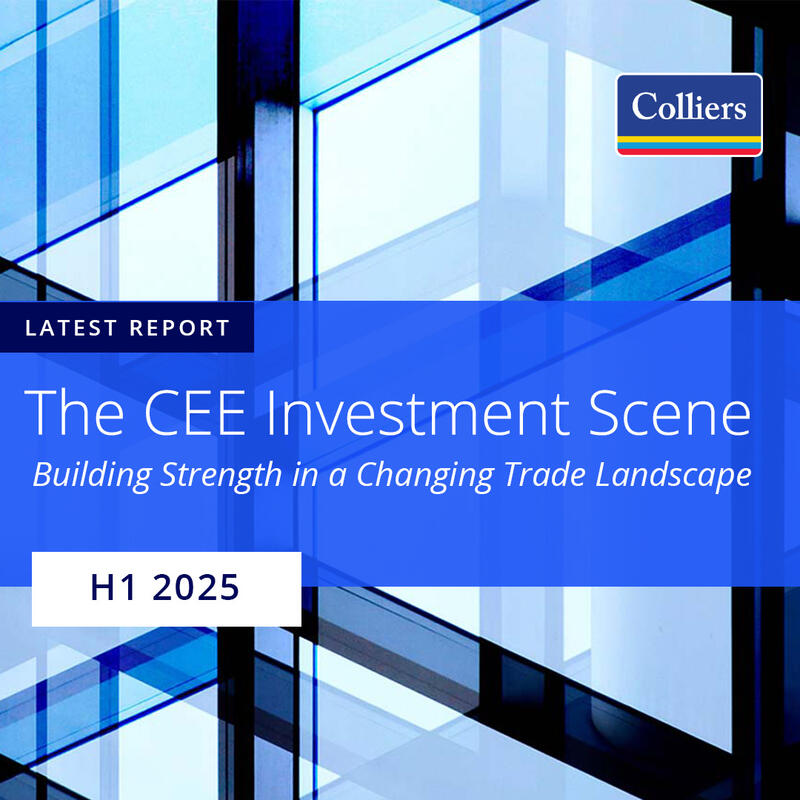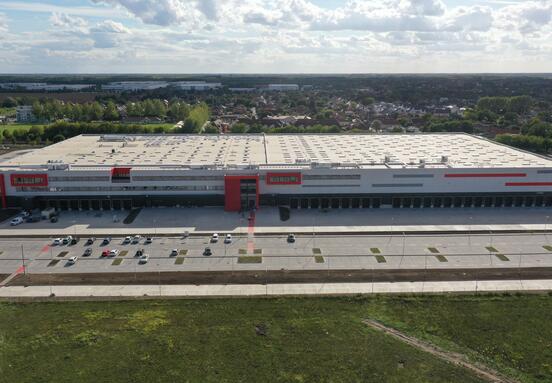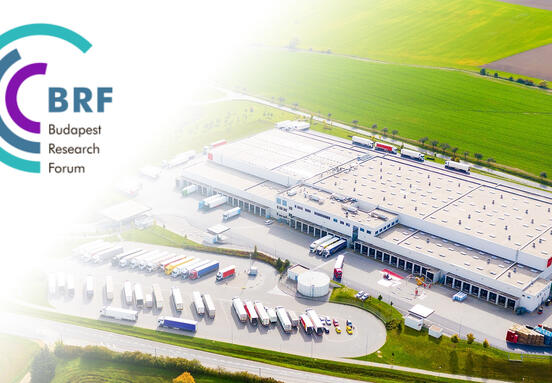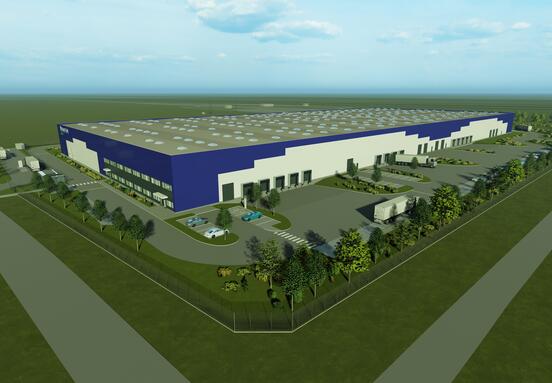Key Takeaways
Germany’s fiscal pivot offers upside potential, while lingering trade tensions and uneven global demand pose downside risks.
CRE investment in CEE surged by 52% in H1 2025, with Czechia and Poland leading.
Industrial & Logistics rebounded as top-performing sector, while office, residential, and hotel investments gained traction.
CEE capital continues to lead, but non-EU investor interest is accelerating, especially from the US and China.
Macroeconomic Environment: Uncertainty and Strategic Adaptation
The global economy in mid-2025 is marked by heightened uncertainty, driven by renewed trade tensions following the re-election of President Trump, volatile inflation, and shifting geopolitical alliances. Tariffs on key goods—especially steel, automobiles, and pharmaceuticals—have disrupted global trade flows, with US import volumes from Germany, Korea, and Mexico falling sharply. While markets remain relatively stable, the World Trade Organization expects global trade to decline slightly by 0.2% this year, with only a modest recovery expected in 2026.
Despite this environment, the Eurozone has demonstrated relative stability. The ECB has paused rate cuts but is expected to resume easing in late 2025. In the CEE-6, monetary policy is increasingly supportive of growth: Poland has initiated rate cuts, aiding consumption and investment, even as Romania and Slovakia face fiscal constraints.
Germany: Slow Rebound with Strategic Spending
Germany, the CEE region’s economic anchor, remains in a low-growth phase, with GDP expanding just 0.2% in 2025. However, the federal government has launched a multi-year investment programme focused on infrastructure, defense, and energy transition, expected to lift growth to 1.0% in 2026 and potentially higher thereafter. Encouraging signs—such as rising manufacturing PMIs, improved factory sentiment, and car production—suggest Germany’s rebound is taking shape, with significant implications for regional supply chains.
CEE-6: Growth Engine of Europe
The six core Central and Eastern European economies—Bulgaria, Czechia, Hungary, Poland, Romania, and Slovakia—remain growth leaders in Europe. Regional GDP is forecast to expand by 2.4% in 2025 and 2.9% in 2026, far exceeding Eurozone averages. Poland and Czechia are leading the charge with stable domestic demand and investor confidence, while Bulgaria’s euro adoption path adds policy credibility. Hungary and Romania face more complex challenges, including fiscal tightening and inflationary pressures, while Slovakia’s growth outlook is tempered by trade exposure.
Commercial Real Estate Investments: Momentum Returns in H1 2025
Despite macroeconomic risks, the CEE-6 real estate markets showed remarkable strength in H1 2025. Investment volumes soared to EUR 5.3 billion, a 52% year-on-year rise. Czechia led the region with over EUR 2.1 billion in transactions (+153%), followed by Poland with EUR 1.7 billion. Slovakia, Hungary, and Bulgaria also recorded a remarkable growth from a lower base.
Industrial & Logistics (I&L) regained the top spot with EUR 1.7 billion invested, more than doubling year-on-year. Nearshoring and higher demand for resilient supply chains are driving this resurgence, particularly in Czechia and Hungary. Office investments grew 9% year-on-year, driven by modernization, hybrid work dynamics, and the demand for ESG-compliant assets.
The residential real estate sector underscored a structural reallocation of capital, as investment volumes rose by almost 800% relative to 2019. Poland saw a 114% increase year-on-year, driven by demand for PRS and BTR formats.
Hotel sector investments quadrupled, particularly Czechia and Hungary led the way, amid growing tourism and targeted promotional strategies.
Capital Sources: Local Dominance, Global Reach
CEE-6 capital remained the leading force, representing 54% of all investment in H1 2025, up from 44% last year. Czech capital dominated regional flows, reflecting deep market knowledge and growing institutional strength. Non-EU investment also surged: US capital rose nearly ninefold to EUR 800 million, targeting I&L, office, and hotel sectors. Chinese investors returned in force, with H1 2025 volumes 20 times higher than the full year of 2024, focusing on Hungary and Romania.
Outlook: Cautious Optimism with Structural Tailwinds
While global risks persist—from trade policy volatility to fiscal tightening—CEE-6 fundamentals remain robust. The region benefits from strategic geography, investor-friendly policy frameworks, and improving infrastructure. Germany’s rebound, the ECB’s likely rate cuts, and continued EU cohesion funding present upside potential.
For real estate, 2025 has already proven that capital is ready to flow into resilient, adaptive, and high-potential markets. The interplay of macroeconomic stability, structural demand shifts, and deepening investor sophistication will continue to drive CEE-6’s transformation into Europe’s commercial real estate hotspot.
You can download the report on this link
Source: Colliers








